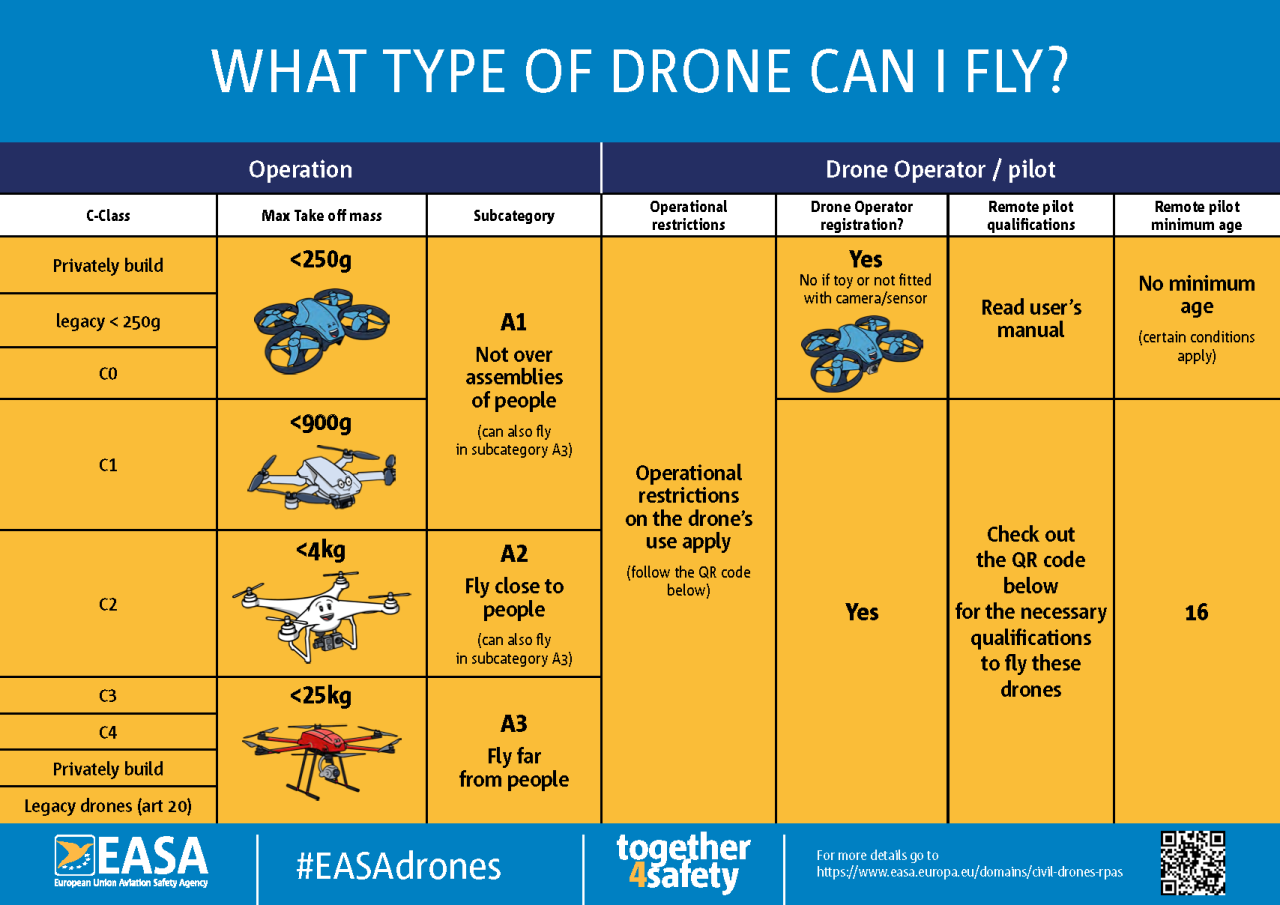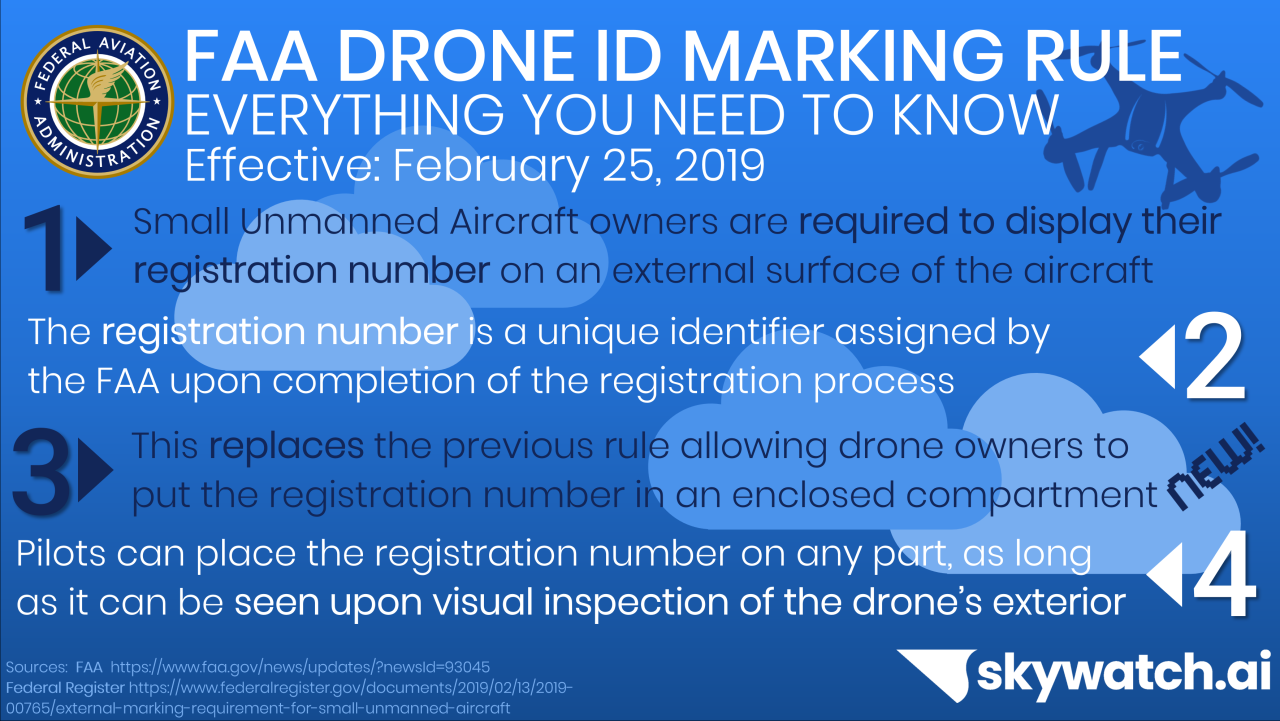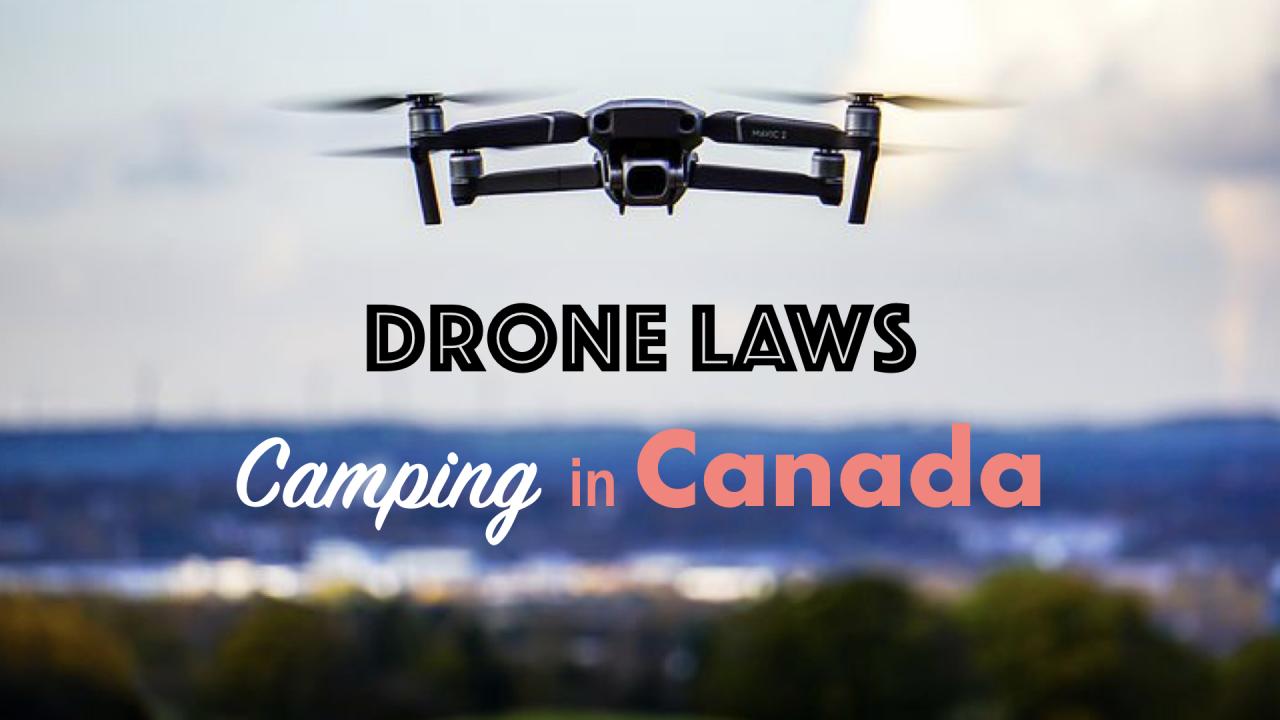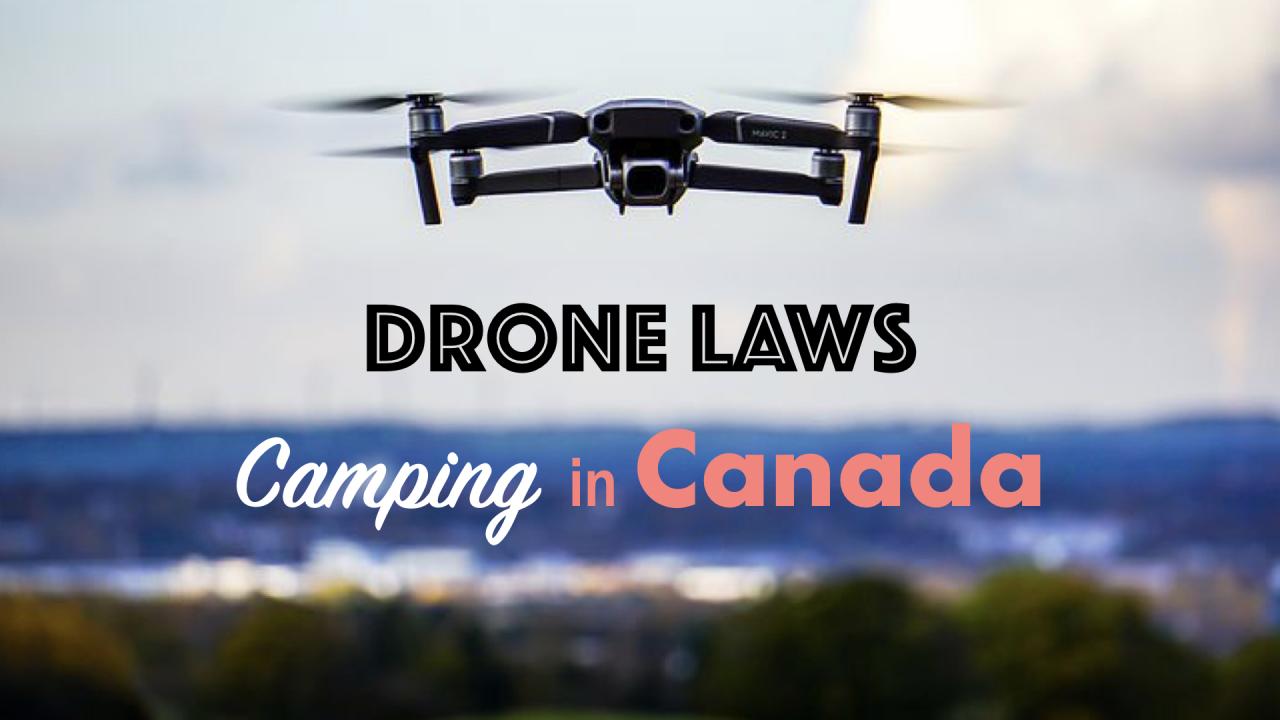New drone rules Canada are changing the game for both recreational and commercial drone pilots. These updated regulations aim to improve safety and security while keeping pace with rapid technological advancements in the drone industry. Understanding these new rules is crucial, whether you’re a seasoned pro or just starting out with your first drone. This guide breaks down the key changes, offering a clear and concise overview of what you need to know to fly legally and responsibly.
From registration and licensing requirements to operational restrictions and potential penalties, we’ll cover everything you need to know to stay compliant. We’ll also explore the impact of these new rules on various industries and discuss how technological advancements are shaping the future of drone regulation in Canada. Get ready to take flight—safely and legally!
New Drone Regulations in Canada: A Comprehensive Guide: New Drone Rules Canada
Canada’s drone landscape has seen significant changes with the introduction of updated regulations. This guide provides a clear and concise overview of these new rules, covering registration, operational restrictions, penalties, and the impact on various industries. Understanding these regulations is crucial for both recreational and commercial drone users to ensure safe and legal operation.
Overview of New Drone Regulations in Canada

The updated drone regulations aim to enhance safety and security in Canadian airspace. Key changes include stricter registration requirements, expanded no-fly zones, and clearer guidelines for commercial operations. These regulations apply to all drones, regardless of size or intended use, although specific requirements vary depending on the drone’s weight and intended purpose. The rationale behind these updates is to prevent accidents, protect privacy, and address the increasing use of drones in various sectors.
So, Canada’s got some new drone rules – you gotta know them before you fly! It’s a good idea to brush up on regulations, especially considering the amazing drone displays happening elsewhere. Check out the spectacular visuals from the shanghai new year drone show for some serious inspiration. But remember, back here in Canada, safe and legal operation is key – always check the Transport Canada website for the latest updates.
Registration and Licensing Requirements
Registering your drone with Transport Canada is mandatory for most drones. The process involves creating an account online and providing basic information about your drone. Licensing requirements differ depending on whether the drone is used recreationally or commercially. Recreational users generally need to register their drones, while commercial operators require a Special Flight Operations Certificate (SFOC) or other relevant authorization, depending on the complexity and risk of their operations.
The requirements for commercial licenses are more stringent, involving flight training, examinations, and operational safety standards.
Operational Restrictions and Safety Guidelines

Several restrictions govern drone operation in Canada. These rules are designed to minimize risks to people and property. Drones are prohibited from flying near airports, heliports, and other sensitive areas. Altitude and distance restrictions also apply, typically limiting flight to a maximum of 122 meters (400 feet) and within visual line of sight of the operator. Safe drone operation requires maintaining visual line of sight at all times, avoiding crowded areas, and being aware of weather conditions.
Operating a drone responsibly is crucial to avoid accidents and penalties.
| No-Fly Zone Category | Description | Examples | Consequences of Violation |
|---|---|---|---|
| Airports and Heliports | Areas around airports and heliports with restricted airspace. | Toronto Pearson International Airport, Vancouver International Airport | Significant fines, potential criminal charges |
| Crowded Areas | Areas with high concentrations of people, such as stadiums and festivals. | CN Tower, major sporting events | Fines, potential injury/property damage liability |
| Sensitive Infrastructure | Government buildings, power plants, and other critical infrastructure. | Parliament Hill, nuclear power plants | Fines, potential criminal charges, national security implications |
| Wildlife Sanctuaries | Protected areas for wildlife preservation. | National Parks, bird sanctuaries | Fines, potential environmental damage liability |
Penalties for Non-Compliance

Violating drone regulations can result in significant penalties. These can range from fines to imprisonment, depending on the severity of the violation. The process for addressing violations typically involves an investigation by Transport Canada, followed by a notice of violation and the opportunity to appeal. Examples of situations leading to penalties include flying near airports without authorization, operating a drone beyond visual line of sight, or failing to register a drone.
Impact on Drone Businesses and Industries, New drone rules canada
The new regulations significantly impact commercial drone operations. Businesses must comply with licensing requirements, operational restrictions, and safety standards. This has led to increased costs and a greater emphasis on safety training. However, the regulations also provide a framework for responsible growth in the drone industry. Several industries have seen substantial impact from these regulations.
- Agriculture (precision farming, crop monitoring)
- Construction (site surveying, progress monitoring)
- Photography and Videography (aerial imagery)
- Infrastructure Inspection (bridges, pipelines)
- Emergency Services (search and rescue)
Technological Advancements and Regulations
The regulations acknowledge advancements in drone technology, such as autonomous flight and beyond visual line of sight (BVLOS) operations. However, regulating these technologies presents challenges, requiring a balance between innovation and safety. Transport Canada is actively working to adapt regulations to accommodate emerging technologies while ensuring safety remains paramount.
| Country | Key Regulatory Aspects | BVLOS Regulations | Licensing Requirements |
|---|---|---|---|
| Canada | Strict registration, operational restrictions, SFOC for commercial use | Highly restricted, requires special authorization | Recreational registration, commercial licensing (SFOC) |
| United States | FAA registration, Part 107 for commercial use | Limited BVLOS waivers available | Recreational registration, commercial certification (Part 107) |
| United Kingdom | CAA registration, drone code for safe operation | Operational authorizations available for specific cases | Registration for all drones, permissions for commercial operations |
Resources and Further Information

For detailed information on Canadian drone regulations, visit the Transport Canada website. You can also contact Transport Canada directly for inquiries. Additional resources include various online forums and industry associations focused on drone technology and safety.
Visual Representation: Imagine a flowchart. The first box would be “Drone Type (Recreational/Commercial).” This branches to two separate paths. The recreational path leads to “Registration Required” and then “Operational Rules (Altitude, Distance, No-Fly Zones).” The commercial path leads to “Licensing Required (SFOC)” and then to “Operational Rules (More Stringent Requirements, Specific Permissions).” Both paths ultimately converge to a final box: “Penalties for Non-Compliance (Fines, Imprisonment).” The flowchart visually depicts the regulatory pathway for different drone users and highlights the key aspects of the regulations.
Epilogue
Navigating the new drone regulations in Canada might seem daunting at first, but with a little understanding, you can easily stay compliant. Remember, responsible drone operation benefits everyone. By adhering to these rules, you contribute to a safer airspace and help ensure the continued growth and acceptance of drones in Canada. So, grab your drone, familiarize yourself with these regulations, and enjoy the skies responsibly!
Question Bank
What’s the maximum weight for a drone that requires registration?
Canada’s new drone rules are pretty strict, aiming for safer skies. Think about how these regulations might impact the development of autonomous systems, like the innovative ukrainian sea drone , which could influence future drone technology. Ultimately, understanding these new rules is key for anyone operating drones in Canada, whether for commercial or recreational purposes.
In Canada, drones weighing 250 grams or more generally require registration.
Do I need a pilot license to fly a drone recreationally?
No, a pilot license isn’t required for recreational drone use in Canada, but registration is typically needed for drones over 250 grams.
What are the penalties for flying a drone illegally near an airport?
So, you’re looking into the new drone rules in Canada? It’s a pretty big deal, affecting everything from recreational flying to commercial operations. Understanding these regulations is key, especially if you’re considering something like using drones for filming, as seen with the gonzaga basketball plane incident which highlighted the importance of safe and legal drone use.
Make sure you check out Transport Canada’s website for the full details to avoid any trouble.
Penalties can be substantial, including hefty fines and even potential criminal charges. The specific penalty depends on the severity of the violation.
Where can I find a complete list of no-fly zones in Canada?
Transport Canada’s website provides a map and detailed information on restricted airspace.
Can I fly my drone beyond visual line of sight (BVLOS)?
Generally, BVLOS operation requires special authorization and permits, and is subject to strict regulations.
